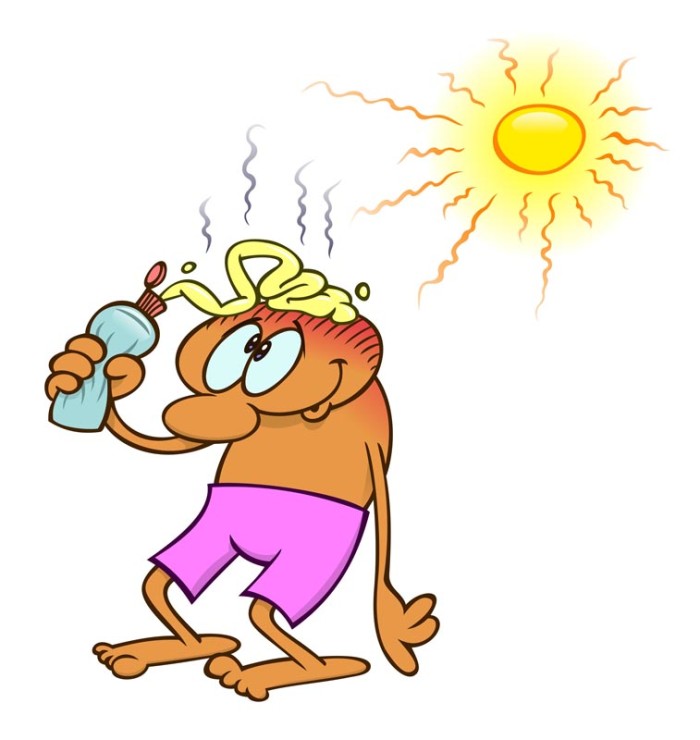Autumn Has Arrived — Heat stroke is still a very real threat though
Sept. 23 marked the first official day of Fall, but temperatures in South Florida still reached the high 80s despite the change of seasons. Residents should continue to be cautious of the climate and aware of the signs of heat stroke.
According to the American Red Cross, hot conditions cause more deaths in the United States than floods, hurricanes, lightening or any other weather event. Heat stroke can be life-threatening if ignored. It usually is preceded by symptoms including muscle cramps and physical exhaustion.
Muscle cramps related to the heat affect the legs and abdominal area and should be treated immediately by massaging, stretching, drinking lots of water or fluids with electrolytes and seeking shade or shelter. Physical exhaustion related to the heat can affect almost anyone, from athletes to construction workers to professionals in business suits walking to lunch. Signs include clammy, flushed skin, earaches and headaches and severe dizziness. The most important thing to do in such a situation is move the person to a place with circulating air and apply cool compresses to the face and around the neck.
“Heat stroke develops when the body systems are overwhelmed by heat and begin to stop functioning,” states an article titled “Don’t Be a Fool, Stay Cool!” on the American Red Cross Web site.
The agency also offers a cell-phone app that puts heat-stroke and other first-aid advice into the hands of consumers, empowering them to help other while staying safe. However, if someone suffering from heat stroke loses consciousness, emergency services should be sought or 911 should be dialed.
Here are tips to battle the heat until the real Fall weather kicks in.
- Avoid exercising during high noon and early afternoon when the mercury is maxed out.
- When outside, seek shade often and take frequent breaks.
- Wear light clothing, both in terms of color and fabric. Darker colors absorb more of the sun’s rays, and heavier fabrics don’t allow the body to breathe.
- Younger children, older adults and pets are at higher risk for heat stroke than others and should be checked on regularly. Those with respiratory illnesses also are at higher risk.
- Always have something to drink on hand that does not contain alcohol, caffeine or lots of sugar. If possible, pack fruits and vegetables, as they are naturally hydrating foods.
- Consider a cool bath or shower instead of a steaming-hot one.
Wear sunscreen and a hat. “Protect yourself from the sun by wearing a wide-brimmed hat (also keeps you cooler) and sunglasses and by putting on sunscreen of SPF 15 or higher (the most effective products say “broad spectrum” or “UVA/UVB protection” on their labels),” the Centers for Disease Control and Prevention recommends.
Share This



